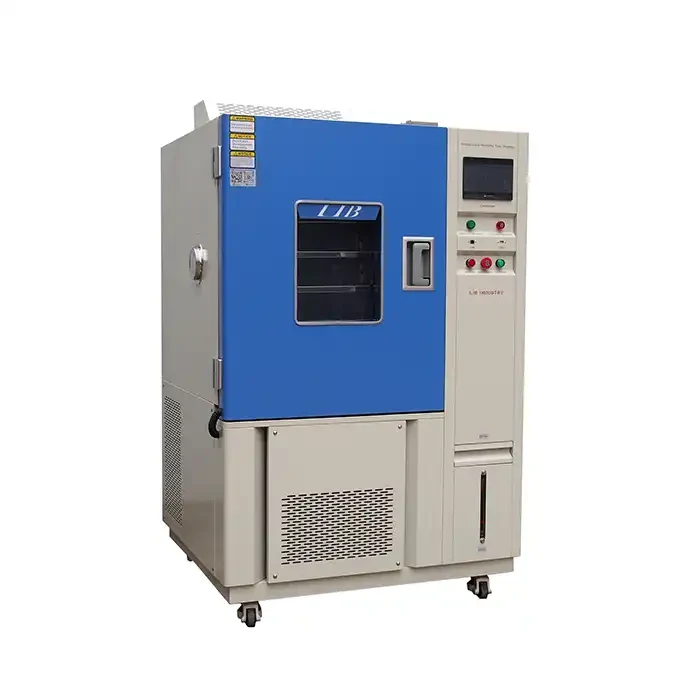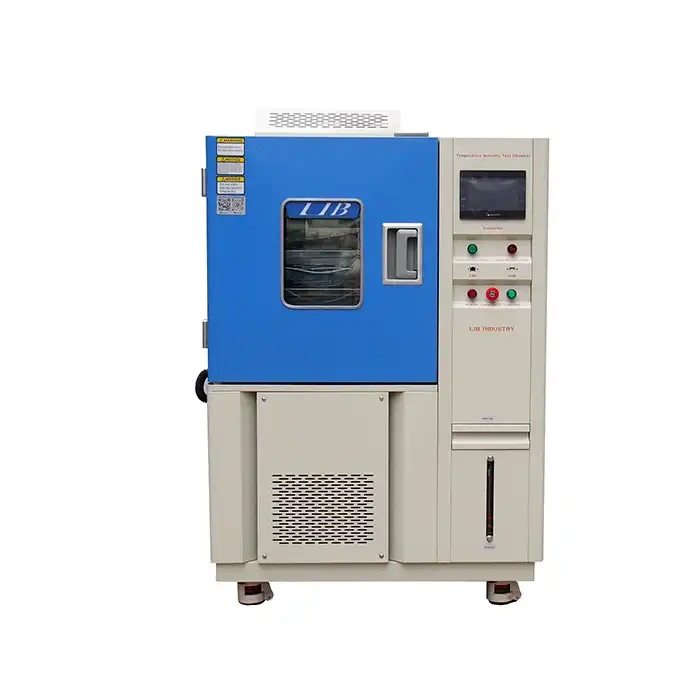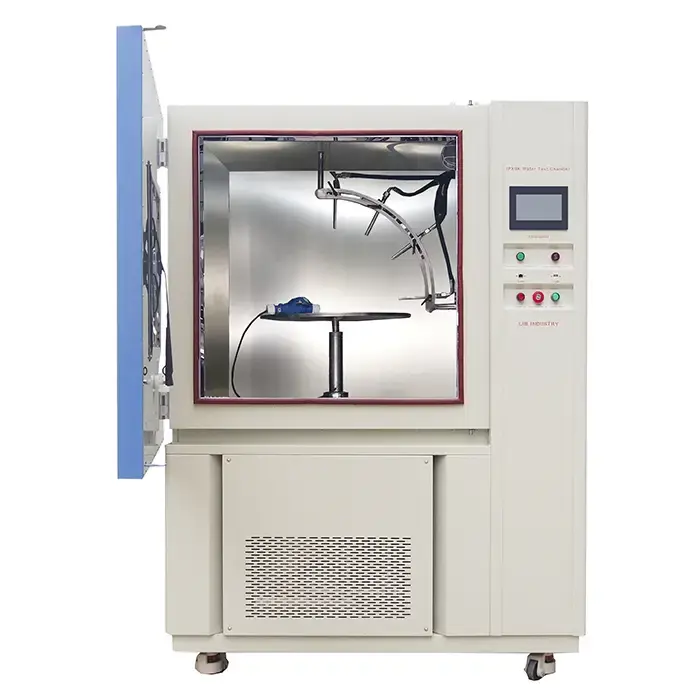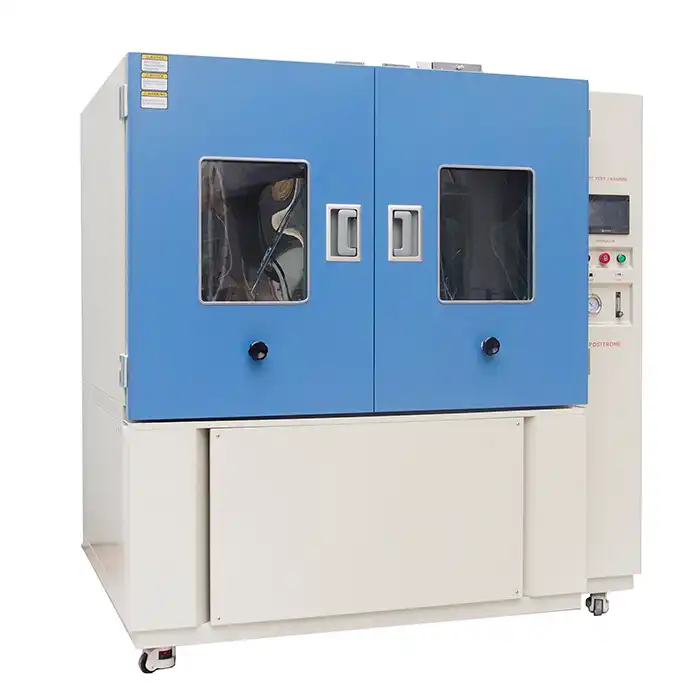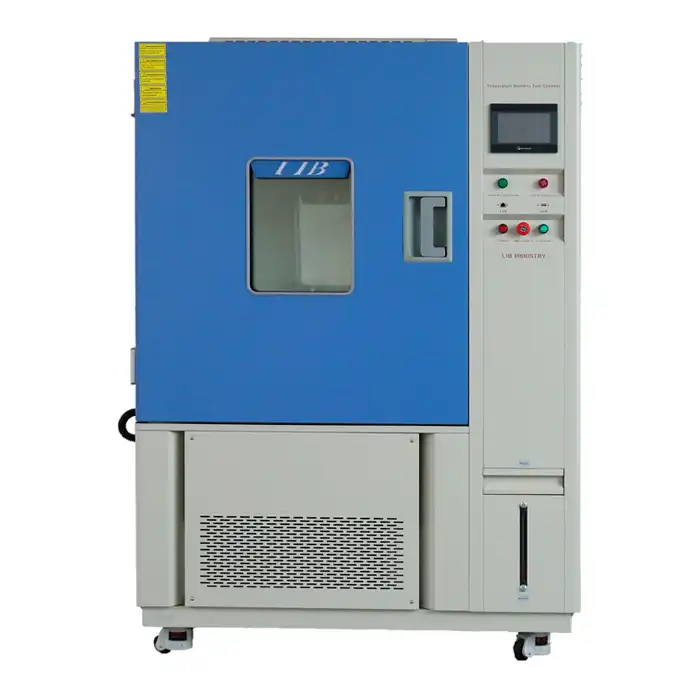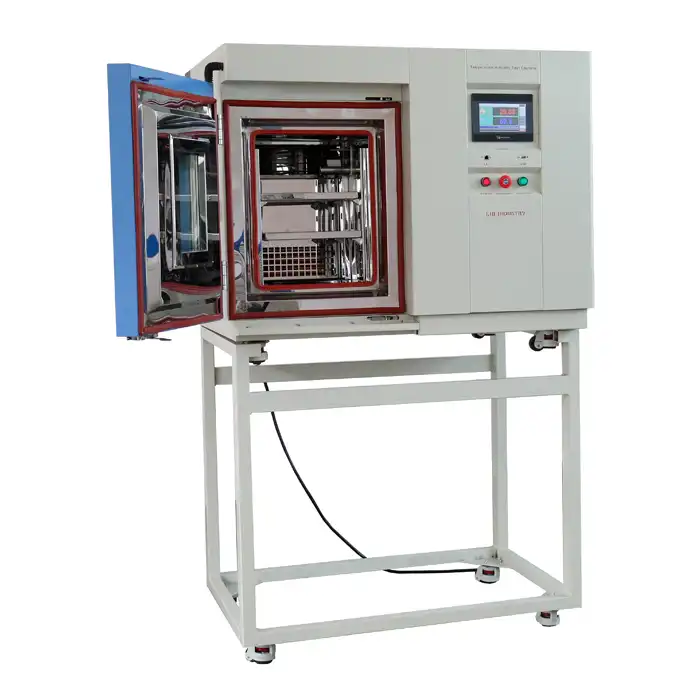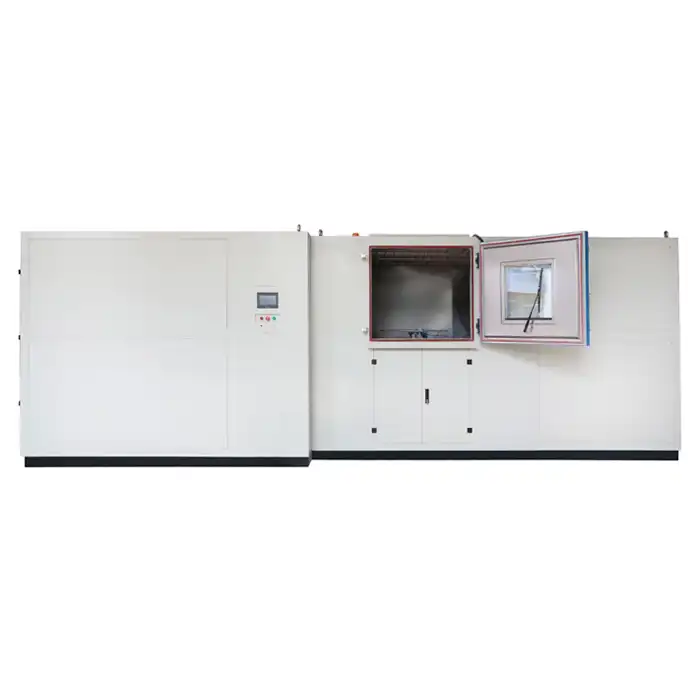Understanding Temperature Uniformity in Thermal Cycling Equipment
In the world of environmental testing, thermal cycling equipment plays a critical role in ensuring product reliability and durability. One essential aspect of this testing is temperature uniformity, a factor that significantly influences the accuracy and consistency of testing results.

Temperature uniformity refers to the even distribution of temperature within the testing chamber of thermal cycling equipment. In simple terms, it ensures that every part of the chamber experiences the same temperature at any given time. Achieving uniform temperature distribution is crucial for conducting reliable and repeatable tests, as it ensures that all areas of the product being tested are subjected to the same thermal conditions.
Why Temperature Uniformity Matters in Thermal Cycling Testing?
Temperature uniformity is a key factor in thermal cycling testing because it directly affects the accuracy and reliability of test results. When temperature is unevenly distributed, some parts of the product may experience different thermal conditions, leading to inconsistent stress levels. This can result in misleading test outcomes, as certain parts of the product may appear more or less durable than they actually are. For manufacturers, ensuring temperature uniformity means obtaining accurate data on product performance, which is critical for making informed decisions about product design and quality control.
Factors That Affect Temperature Uniformity in Thermal Cycling Equipment
Several factors can impact the temperature uniformity inside thermal cycling equipment. These include:
- Chamber Size and Shape: Larger chambers or irregularly sh aped ones may have more difficulty maintaining uniform temperatures throughout.
- Airflow Design: Proper airflow is essential for distributing heat evenly within the chamber. Poor airflow can lead to hot or cold spots.

- Sensor Placement: Where temperature sensors are placed inside the chamber can influence how temperature is monitored and controlled.

- Insulation Quality: Well-insulated chambers help minimize external temperature influences, ensuring better uniformity.
- Load Configuration: The size, shape, and arrangement of the items being tested can affect air circulation, potentially leading to temperature discrepancies within the chamber.
How Thermal Cycling Equipment Maintains Temperature Uniformity?
Maintaining temperature uniformity in thermal cycling equipment requires advanced engineering and precise controls. Here are some of the methods and technologies that help achieve this:
- Optimized Airflow Systems: High-quality thermal cycling equipment is designed with advanced airflow systems that promote even heat distribution. These systems often use powerful fans and strategically placed ducts to ensure consistent temperatures throughout the chamber.

- Multiple Temperature Sensors: To monitor and adjust temperature uniformity, thermal cycling equipment is equipped with multiple sensors placed at various points within the chamber. These sensors provide real-time feedback, allowing the system to make precise adjustments and maintain uniform conditions.
- PID Control Systems: Many thermal cycling chambers use Proportional-Integral-Derivative (PID) controllers, which constantly monitor and adjust the heating and cooling cycles to maintain the target temperature. This helps eliminate sudden temperature fluctuations and ensures that the chamber stays within the desired temperature range.
- Zoned Heating and Cooling: Some advanced thermal cycling equipment features zoned heating and cooling systems. These systems allow for independent control over different areas of the chamber, ensuring that even large or irregularly shaped items receive uniform thermal exposure.
For example, in a chamber with a temperature range of -70 °C to 180 °C, maintaining temperature uniformity within ±2 °C is a common requirement. This level of precision ensures that the test results accurately reflect the product’s performance under real-world thermal conditions.
LIB Thermal Cycling Equipment
LIB Industry offers a wide range of thermal cycling equipment designed with cutting-edge technology to ensure superior temperature uniformity. Our equipment is engineered to meet the highest standards of environmental testing, making it an ideal choice for manufacturers worldwide. Some key advantages of LIB's thermal cycling equipment include:
|
|
- Highly Accurate Temperature Control: LIB chambers are equipped with advanced PID controllers and multiple temperature sensors to ensure precise and reliable temperature management. This guarantees that your products are tested under uniform thermal conditions, providing you with the most accurate data possible.
- Optimized Airflow Design: Our chambers feature a highly efficient airflow system that ensures even heat distribution throughout the chamber, eliminating the risk of hot or cold spots. This design improves the consistency and reliability of test results.
- Flexible Testing Capabilities: LIB's thermal cycling equipment offers a wide temperature range, allowing for a variety of testing scenarios. Whether you need to simulate extreme heat, cold, or rapid temperature shifts, our chambers are up to the task.
- Durable Construction: Built with high-quality materials, our thermal cycling equipment is designed to withstand the rigors of continuous use, providing long-lasting performance and reliability.
With LIB's cutting-edge thermal cycling equipment, manufacturers can achieve precise and consistent results, ultimately improving product quality and reliability. If you're looking for high-performance thermal cycling equipment designed to meet your specific testing needs, LIB Industry has the solution for you. For more information, contact us at ellen@lib-industry.com.
References
1. Martin, P. (2023). "Advances in Temperature Uniformity in Environmental Testing." Journal of Environmental Testing and Measurement.
2. Thompson, J. (2022). "The Role of Thermal Cycling in Product Reliability." International Journal of Product Testing.
3. White, S. (2021). "Temperature Control Systems in Environmental Chambers." Engineering Review.
4. Zhang, L. (2023). "Innovations in Thermal Cycling Equipment for Enhanced Testing Accuracy." Industrial Testing Journal.





